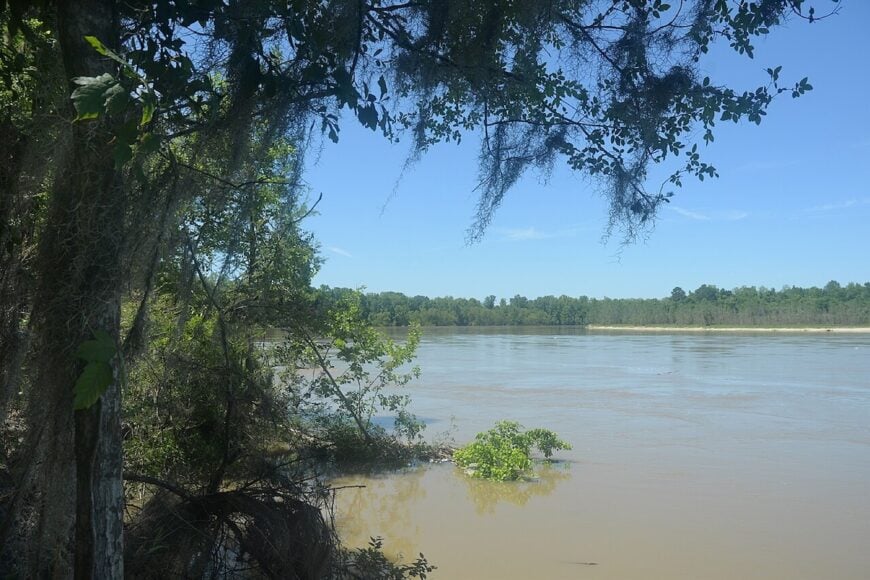
Southeast Texas is a land of quiet surprises, where the highway ends and the trees begin. Pines stretch for miles, bayous twist without hurry, and communities hide in clearings as if the modern world forgot to call their name.
These towns are stitched together by two-lane roads, old railroad grades, and the rivers that still flood their banks in spring. Life follows the rhythms of timber harvests, church suppers, and the long evenings when cicadas outsing every engine.
What sets them apart isn’t size but seclusion. Here, streetlights are rare, stars dominate the sky, and the silence is deep enough to hear the wings of a heron overhead. The stillness that lingers in these places is as much a part of their character as any courthouse or café.
We gathered 25 of these out-of-the-way towns, each with its own measure of remoteness. Together they form a map of Southeast Texas that favors backroads, swamp edges, and forest shade over billboards and traffic lanes.
25. Nome, Jefferson County – Rice Fields Under Wide Skies
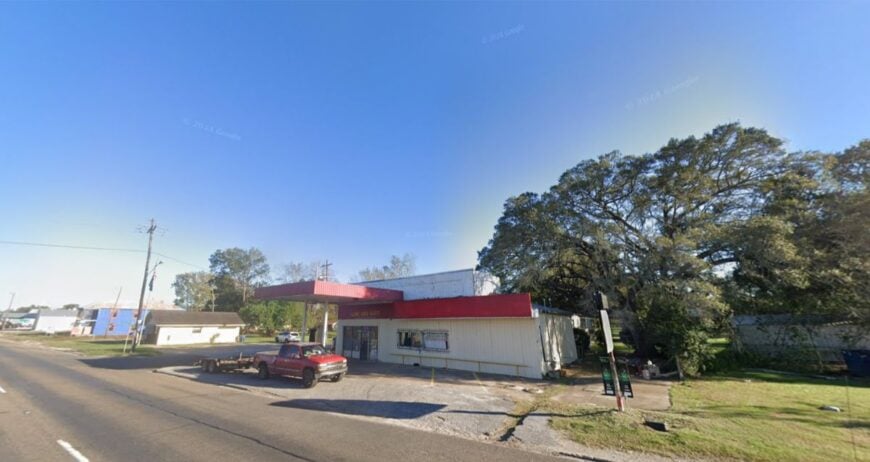
Nome feels like a place the highway forgot, a settlement of fewer than 500 ringed by endless rice fields and grazing pastures. Wind whispers through irrigation ditches, and the silhouettes of herons glide across the horizon.
Residents gather at the volunteer fire hall or the lone café, where talk drifts slower than the afternoon heat. A handful of antique shops and a historic general store give travelers something to linger over, while birders flock in spring to watch migrations sweep across the prairie sky.
Farming and cattle work remain the backbone of the economy, with families rooted deep in the land. Nights are quiet but for crickets and the far-off groan of a train. It’s the sort of town where silence and sky stretch on forever.
Where is Nome?
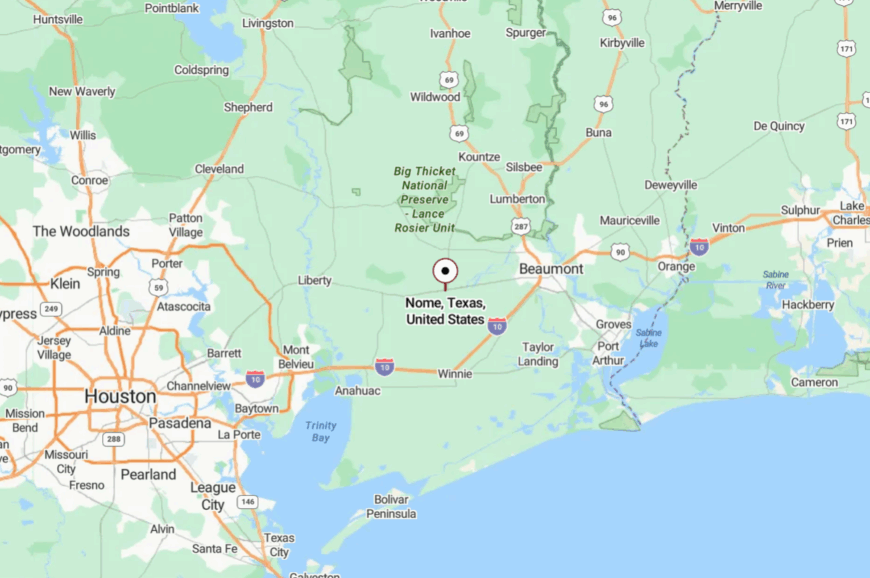
Nome rests in western Jefferson County, twenty miles west of Beaumont along U.S. Highway 90. The town is bypassed by major interstates, keeping it off most travelers’ paths.
Access comes by two-lane stretches bordered by fencelines and grain silos. Arriving feels like slipping into a slower rhythm, where the horizon seems endless.
24. Bon Wier, Newton County – Last Stop Before Louisiana Pines
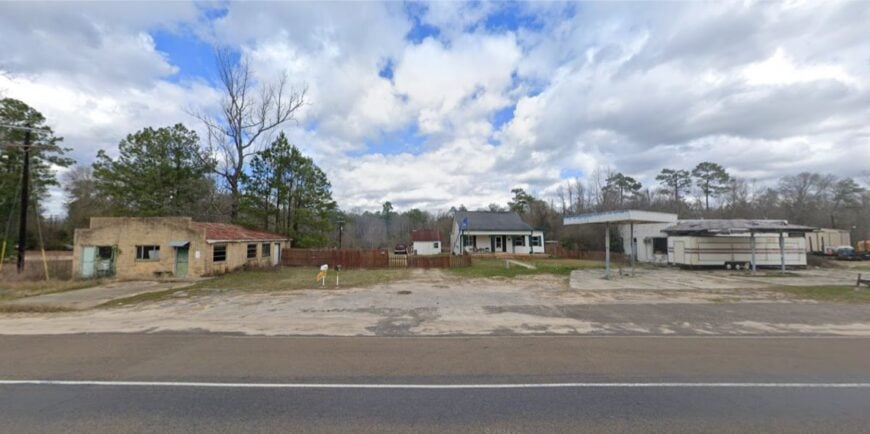
Bon Wier sits on the Sabine River, its name echoing French roots from early logging camps. Fewer than 500 residents live in wood-frame houses shaded by loblollies, with timber still shaping both work and landscape.
The Old Bon Wier Depot, though weathered, whispers of trains that once hauled logs east. Travelers now come for bass fishing in the Sabine or to explore sandy backroads leading to hidden hunting leases.
The economy leans on sawmills, ranching, and seasonal forestry work. Evenings fall with a hush as the pine canopy swallows what little traffic passes through. It’s a community that feels more like a pause in the woods than a town.
Where is Bon Wier?
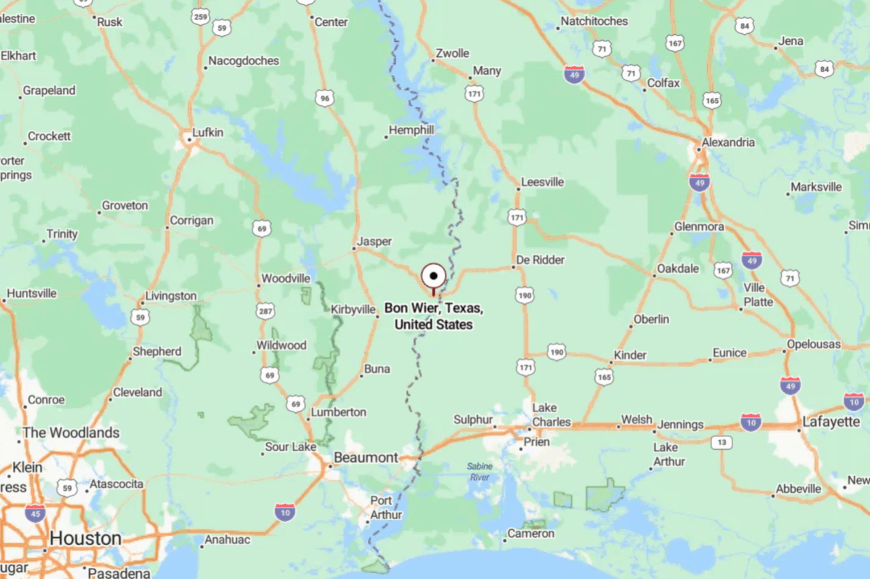
Bon Wier lies in extreme eastern Newton County, right on the Louisiana border. It sits along U.S. Highway 190, roughly 40 miles east of Jasper.
Reaching it means following two-lane highways flanked by timber tracts and river bottoms. It feels like the forest simply folds around you, erasing the world outside.
23. Joaquin, Shelby County – Pine-Bound Crossroads on the Sabine
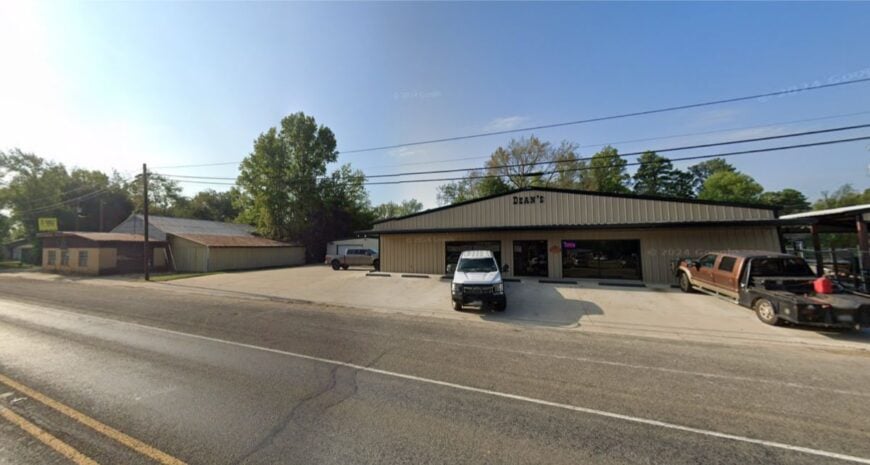
Joaquin, with about 800 residents, holds fast to its small-town roots despite resting just across from Louisiana. The town grew up around the railroad, and a handful of historic buildings still line its quiet streets.
Visitors explore the Sabine River, stop into cafés for fried catfish, or admire the clapboard churches that anchor the community. Timber and small-scale ranching shape most livelihoods here, while the school district remains its civic hub.
The nights bring deep darkness broken only by a lone porch light or passing fireflies. Joaquin feels like a step back into a world where neighbors still wave from their trucks and time moves slow.
Where is Joaquin?

The town rests in far eastern Shelby County, along U.S. 84, less than 15 miles northeast of Center. Its location on the Louisiana border makes it feel like a place between worlds, though far from larger cities.
Travelers reach it by winding farm-to-market roads through dense pine. Once there, the forest hems it in so tightly it feels forgotten.
22. Chester, Tyler County – Tiny Village by the Tracks
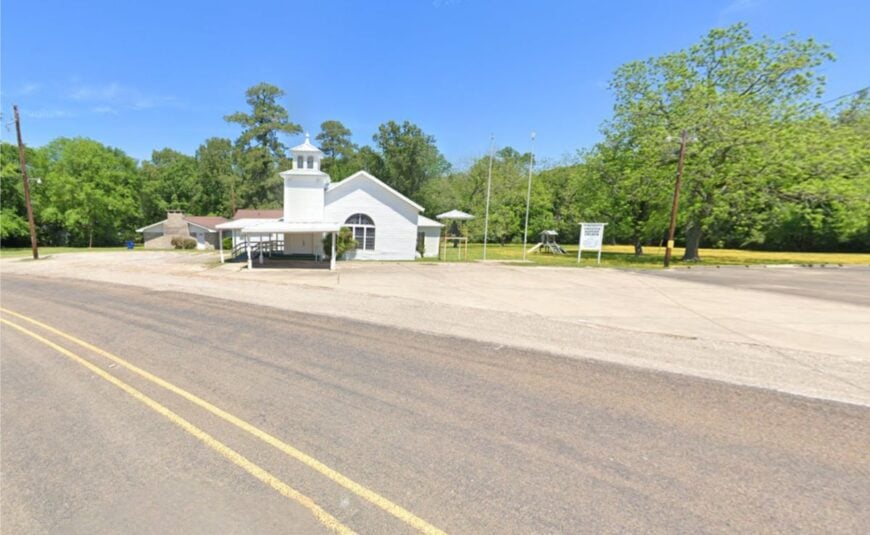
With fewer than 300 residents, Chester is a whistle-stop town that seems to exhale stillness. The railroad still cuts through, but freight trains rarely pause, leaving quiet streets and a few weathered storefronts.
Life here orbits the local school, the church suppers, and deer season. Hunters and anglers prize the area for access to nearby Davy Crockett National Forest and the Neches River.
Logging remains an anchor for work, while a scattering of family farms dot the edges. At night, the echo of a passing train lingers longer than the train itself. Chester charms with the sense that time only half remembers it.
Where is Chester?
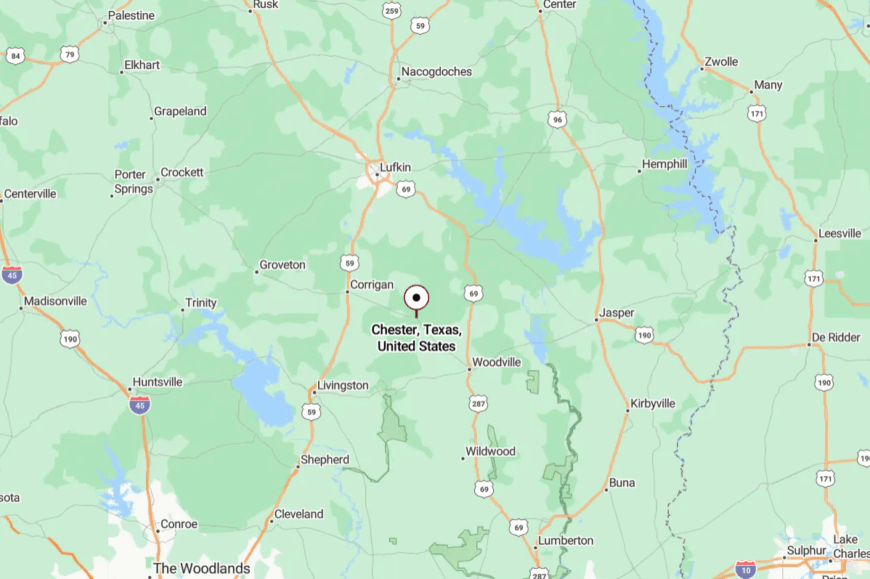
Chester sits in northern Tyler County, 12 miles west of Woodville along U.S. 287. It lies between stretches of pine forest and quiet creeks, far from major interstates.
Travelers must turn off larger highways and commit to backroads. The remoteness ensures it feels like a stop preserved in amber.
21. Colmesneil, Tyler County – Hill Country of the Big Thicket
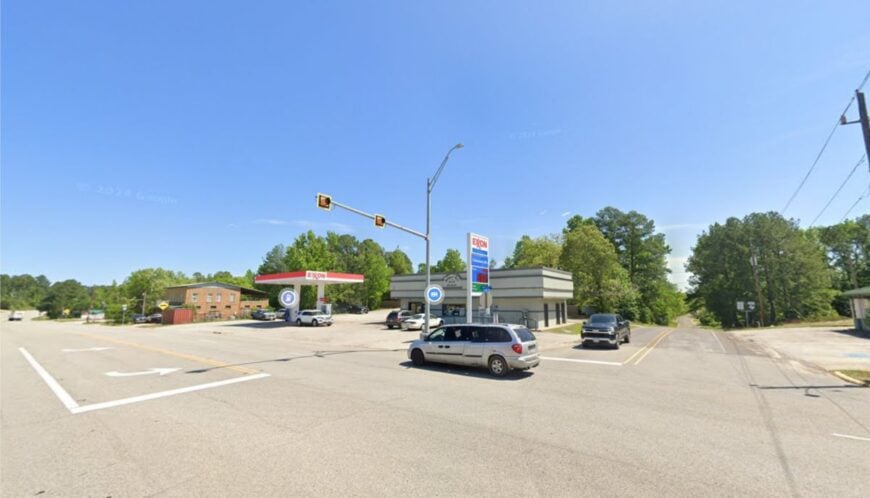
Colmesneil is perched in the higher hills of Tyler County, giving it a surprising sense of upland retreat. With under 600 people, the town mixes rustic homes with echoes of its railroad past.
Visitors hike trails that weave through the Big Thicket National Preserve or cast a line at nearby Lake Tejas. Antique stores and a seasonal bluegrass festival add local color, while ranching and timber remain steady sources of income.
The air feels cooler here, the pines taller, and the hush deeper. Even the main road seems reluctant to hurry through. Colmesneil invites you to linger, not pass.
Where is Colmesneil?
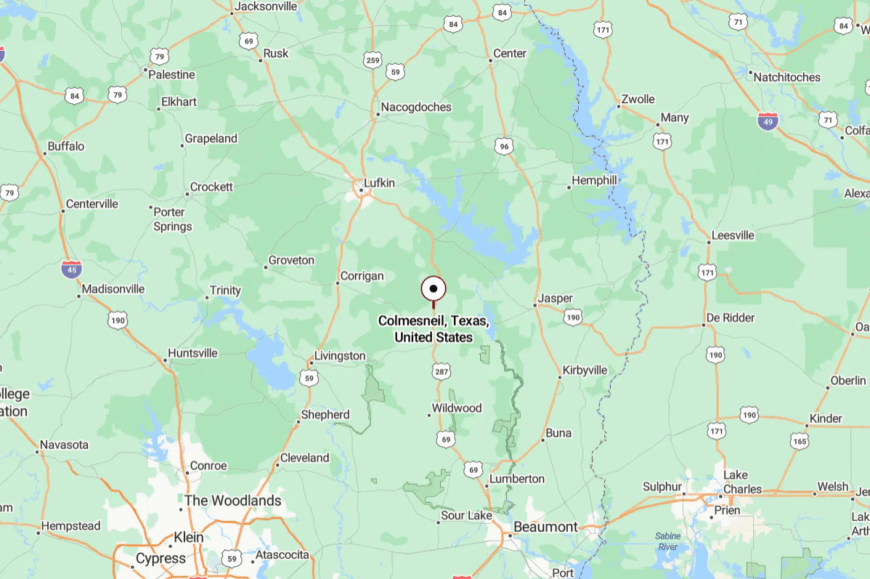
The town lies about 10 miles north of Woodville on U.S. Highway 69. The drive climbs rolling ridges that separate it from the flatter bottoms to the south.
Access comes only by two-lane highways that curve through pine hills. Once you arrive, it feels like you’ve stepped onto a hidden plateau in the forest.
20. Warren, Tyler County – Pastoral Calm on the Old Tram Road
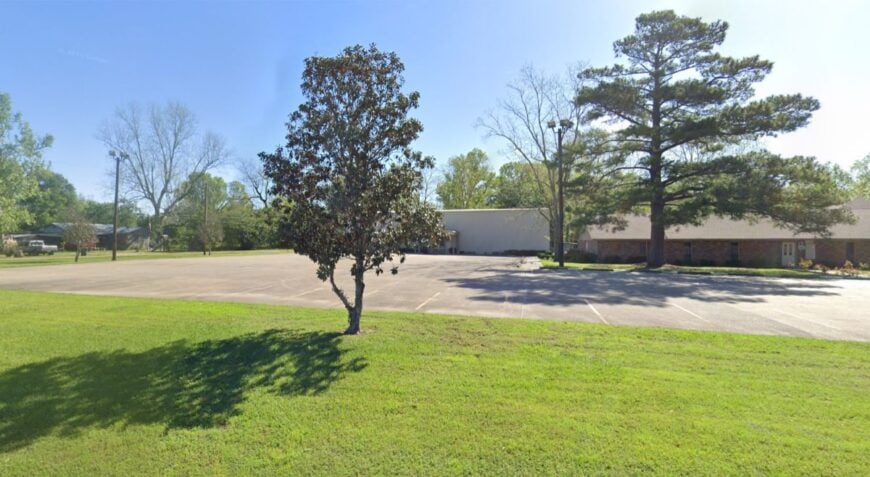
Warren’s roughly 800 residents make their homes along quiet lanes that once traced logging tramways. The town is dotted with farmhouses, feed stores, and clapboard churches, all softened by groves of pines and oaks.
Locals head to nearby Lake B.A. Steinhagen for fishing or wander into the Big Thicket trails on weekends. Small ranches and the school district provide most paychecks, while pine plantations edge the town.
Evenings carry the scent of woodsmoke and hay, while the horizon glows with stars rather than neon. Warren’s quiet steadiness is its true charm, a reminder of slower, grounded living.
Where is Warren?
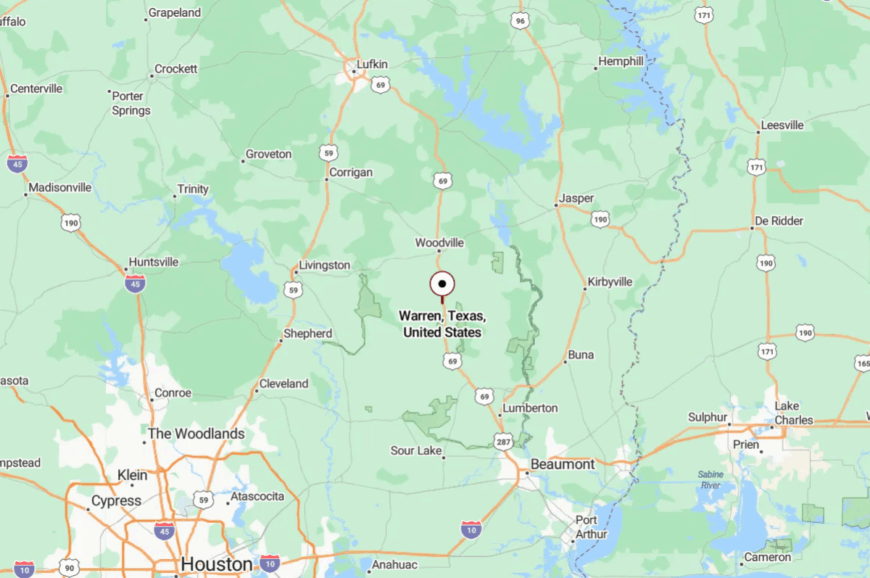
Warren lies 13 miles south of Woodville along U.S. 69. Its location keeps it on the margins of both Beaumont and Lufkin, too far to be suburban.
Travelers arrive after miles of narrow two-lane, with pine stands rising on either side. By the time the town sign appears, the outside world already feels far away.
19. Saratoga, Hardin County – Ghosts of Oil Among the Pines
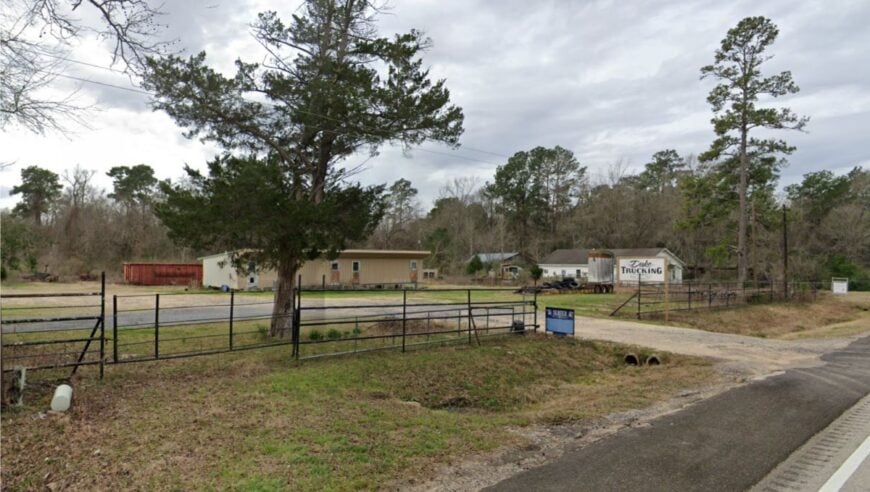
Saratoga once boomed with oil, but today it lingers as a quiet patch of Hardin County woods. With about 1,100 residents, its history echoes through the Old Batson-Saratoga oil fields and the ghost stories tied to Bragg Road, the so-called “Ghost Road.”
Hunters roam nearby preserves, and anglers fish Village Creek under arching cypress. Work comes from forestry, oil leases, and small ranching, though many commute.
At night, fog drifts through the pine brakes, muting even the smallest sounds. Saratoga’s mix of history and mystery makes it as haunting as it is peaceful.
Where is Saratoga?
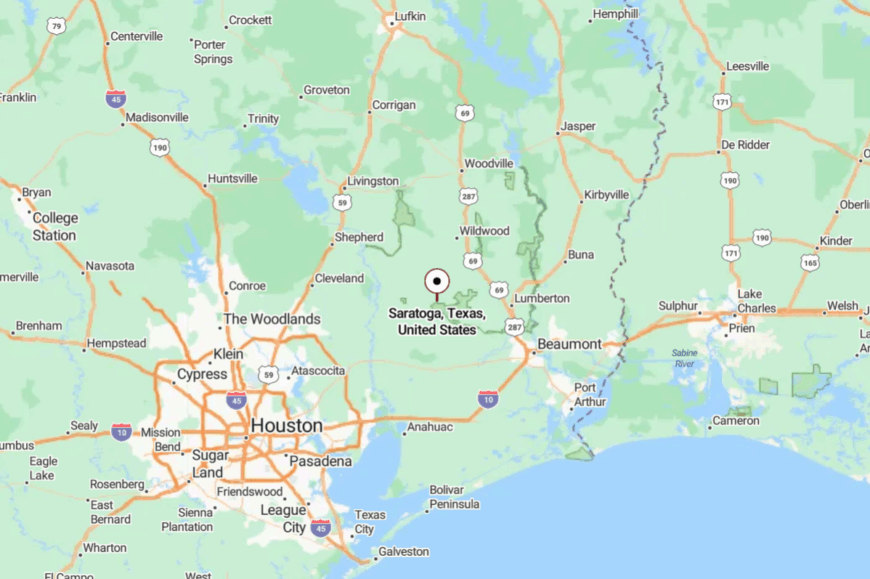
The town sits 8 miles north of Batson along FM 770, near the Big Thicket Preserve. It’s about 50 miles northwest of Beaumont, removed from interstate corridors.
Visitors reach it by meandering two-lane roads that cut through forest and swamp. When you arrive, it feels as though you’ve crossed into a pocket of folklore and trees.
18. Goodrich, Polk County – Hidden Bend by Lake Livingston
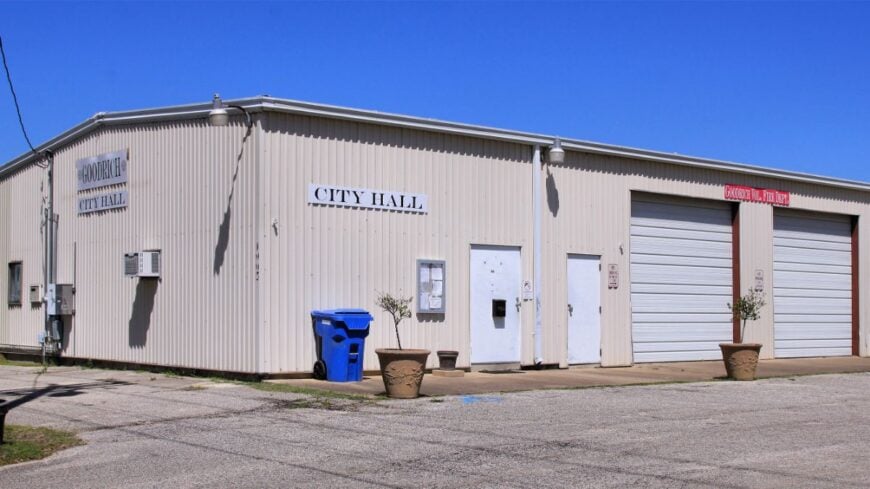
Goodrich counts around 300 souls, its houses scattered on quiet bends near Lake Livingston. The town has a single school, a handful of businesses, and a tempo that seems to match the lapping of water on the lake shore.
Visitors fish the reservoir, picnic under towering oaks, or explore nearby hiking trails. Many residents are retirees or lake commuters, blending small-town calm with water’s edge living.
Nights are dark enough for starwatching, and mornings echo with the cries of gulls drifting inland. Goodrich offers the subtle charm of a lakeside town that stays small on purpose.
Where is Goodrich?
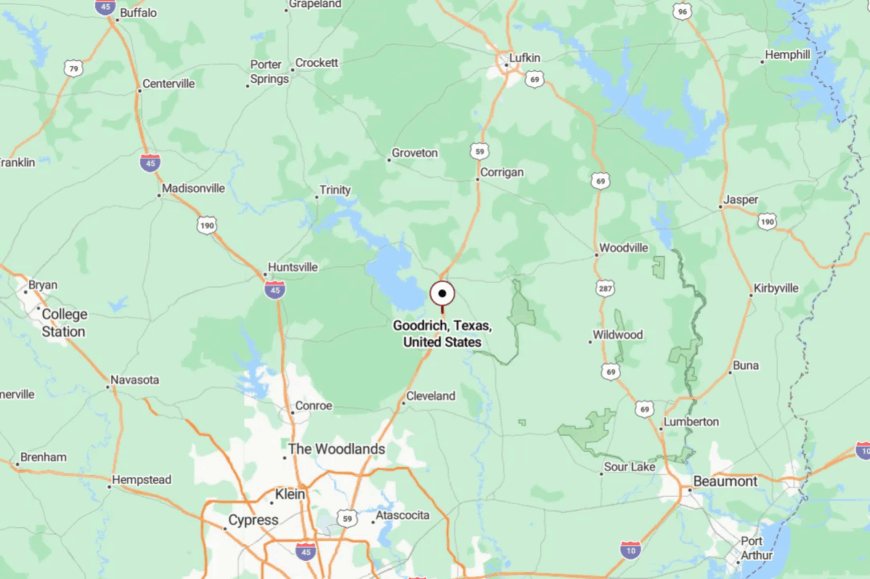
The community sits just off U.S. 59, 7 miles south of Livingston. Despite its position near the highway, dense pines and the wide lake shore keep it feeling sheltered.
Access comes by small feeder roads that quickly peel away from the main route. It’s a place that feels hidden in plain sight, easy to miss unless you know where to look.
17. Ace, Polk County – Tiny Hamlet Among Timber
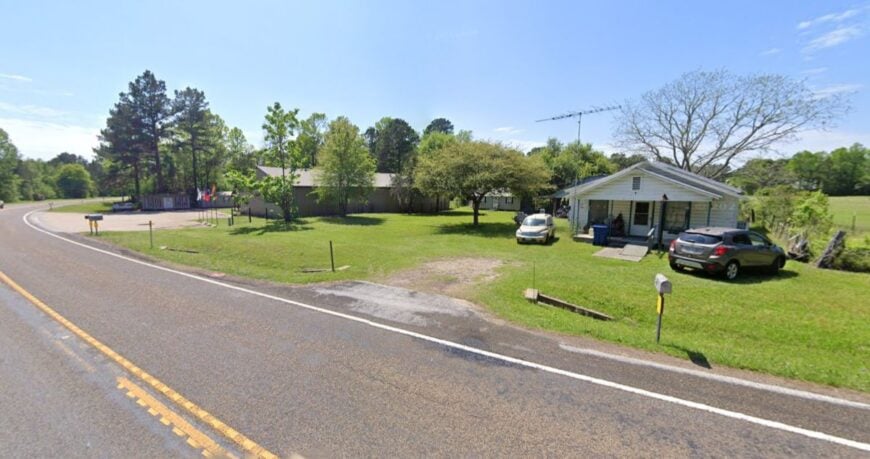
Ace barely registers as a dot on the map, with fewer than 100 people scattered across timber tracts and winding dirt roads. The landscape is thick with loblollies and sandy-bottom creeks that flood after rain.
Residents keep cattle or work in logging, while some commute to Livingston. There are no shops or cafés here—just quiet homes tucked under pine canopies. Visitors find solace in the solitude, maybe casting a line in a stock pond or simply enjoying the chorus of cicadas.
Nights are utterly black, the stars unbroken by streetlights. Ace is proof that seclusion still thrives deep in East Texas.
Where is Ace?
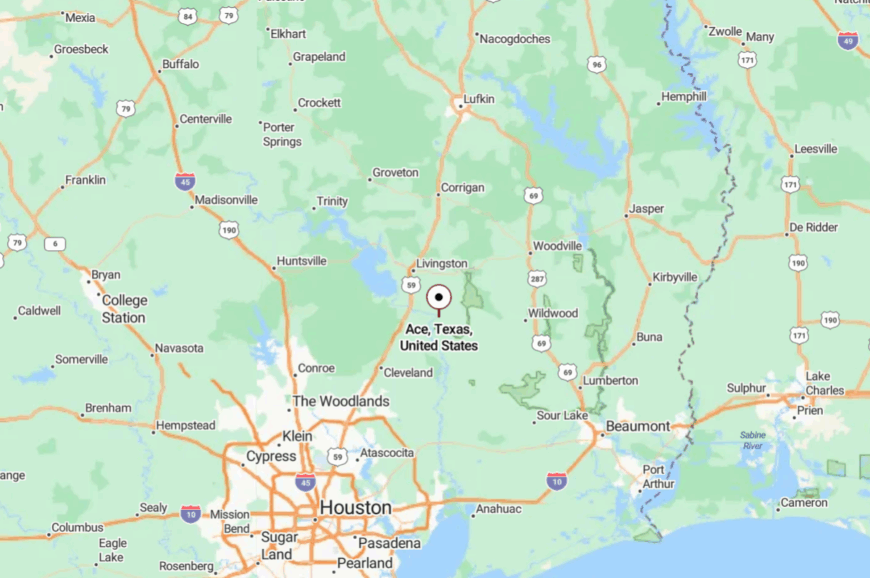
Ace lies along U.S. Highway 146, about 15 miles south of Livingston. It’s a near-forgotten bend in the road, with only a signpost to mark its presence.
Travelers pass through dense pine forest and wide ranch gates before realizing they’ve arrived. It’s the kind of place you could blink past, but its quiet holds you once you notice.
16. Corrigan, Polk County – Gateway to Piney Woods Stillness
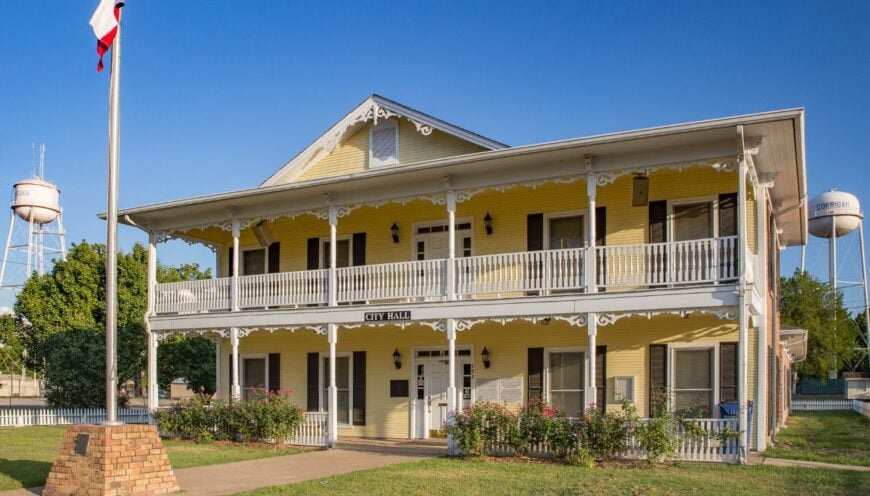
Corrigan, with roughly 1,500 people, serves as a gateway into the vast pine forests of northern Polk County. Though larger than many hamlets, it holds a hushed, rural quality, with life centered around its modest downtown.
Locals fish in nearby lakes, wander into the Davy Crockett National Forest, or attend the town’s small festivals. Timber, ranching, and the school district provide steady livelihoods.
Visitors often remark on how the pines seem to stretch endlessly here, cloaking the town in green. Corrigan may lie on a highway, but its soul belongs to the quiet woods beyond.
Where is Corrigan?
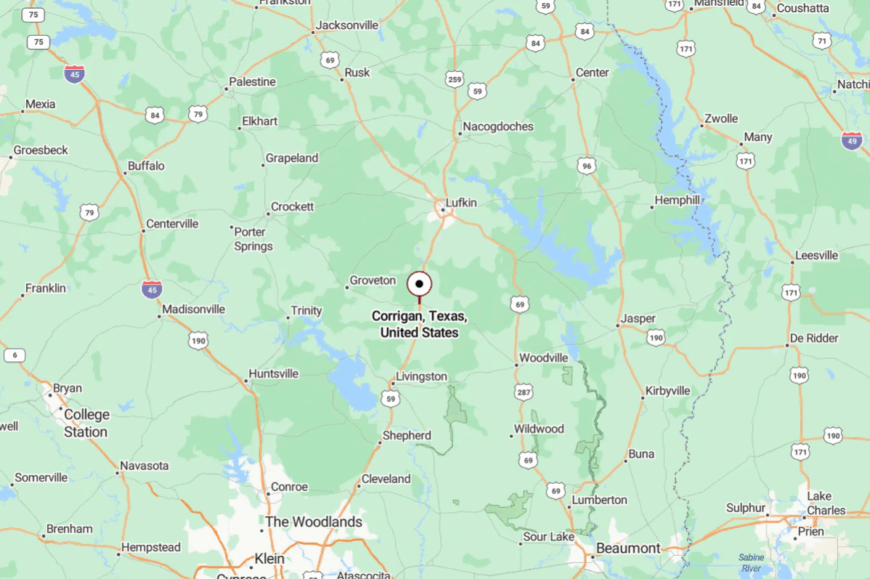
Corrigan sits on U.S. Highway 59, about 95 miles north of Houston and 18 miles north of Livingston. While the highway connects it, the surrounding forests isolate it from larger towns.
Travelers pass through a corridor of unbroken pine before the town emerges. Even on the highway, it feels like a place apart from the world’s rush.
15. Leggett, Polk County – A Pause on the Piney Road
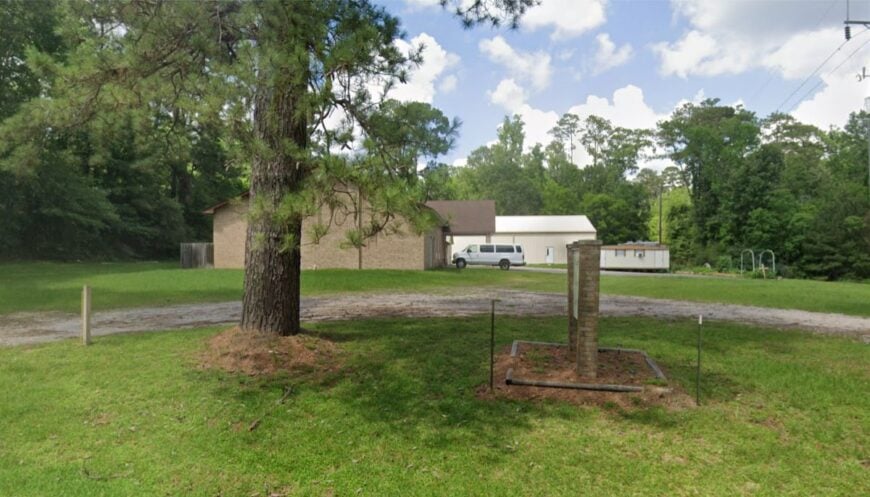
Leggett is more a name than a town, with about 500 residents living near its lone school and scattering of houses. It once held sawmills, but today the woods have reclaimed much of the area.
Locals fish in creeks, garden in sandy soil, or commute to Livingston for work. The community is close-knit, marked by church gatherings and small-town events.
Nights here are almost silent, broken only by crickets or the bark of a dog. Leggett feels less like a town and more like a pause button pressed in the forest.
Where is Leggett?

Leggett sits on U.S. 59, about 7 miles north of Livingston. Though near the highway, it is surrounded by dense pine and hardwood forest that muffles the outside world.
Access is straightforward, but the quiet comes quickly. It’s a reminder that seclusion doesn’t always require distance.
14. Milvid, Liberty County – Forgotten Crossroads in the Bottomlands
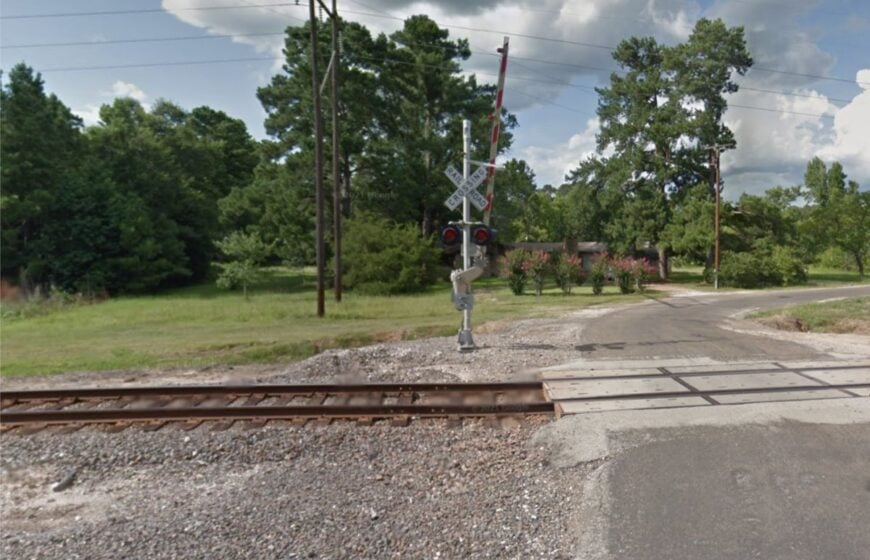
Milvid lingers as a ghost of a community, with only a few scattered houses and pastures marking its existence. It’s a place where dirt roads dissolve into swampy bottomland, and cell service gives way to birdcalls.
Residents work ranches or commute long distances, but the town itself resists bustle. Canoeing the Trinity River, birding in floodplain forests, or visiting old cemeteries provide the few diversions.
With no businesses to speak of, Milvid’s heartbeat is found in the land itself. Its seclusion is palpable, a kind of quiet most towns have long forgotten.
Where is Milvid?
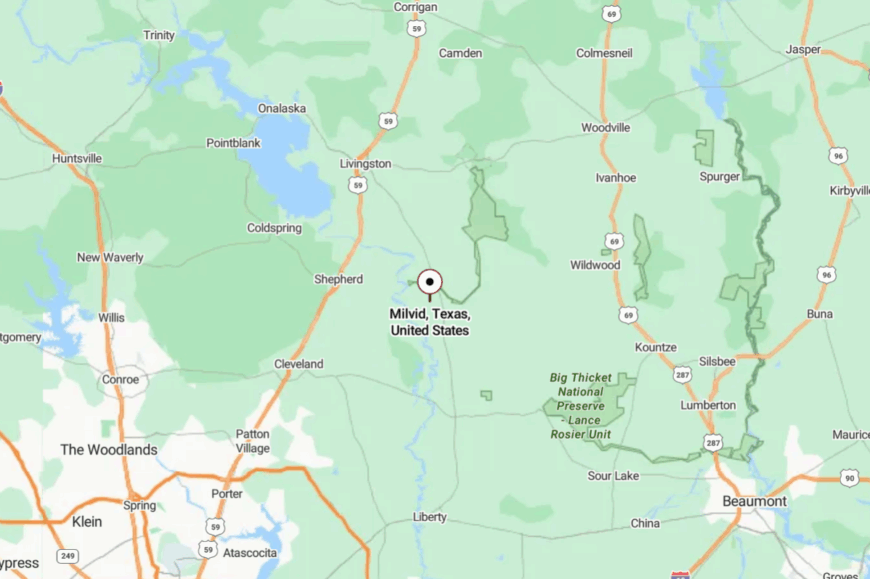
Milvid lies in western Liberty County, near the Trinity River bottoms. It’s about 25 miles northeast of Liberty, reached only by meandering county roads.
Drivers cross pastures, creeks, and floodplains to arrive. By the time you do, the wider world feels erased.
13. Votaw, Hardin County – Oil Patch Hamlet Hidden in Pines
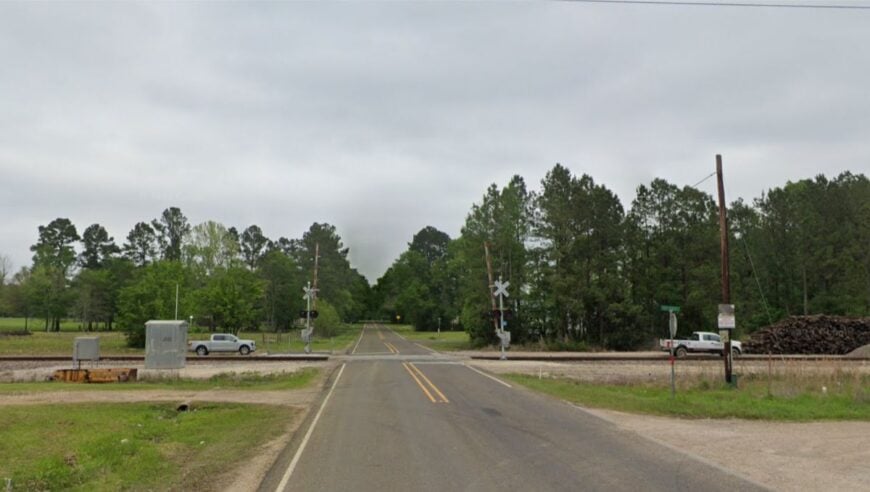
Votaw is a community of about 500, tucked into pine woods that once shook with the roar of oil rigs. Today, a few wells still dot the landscape, but the settlement is largely residential, with ranch gates and quiet dirt roads.
Families gather at the school or small churches, while hunters roam nearby leases. Some residents work in forestry or oil, while others commute to Liberty or Kountze.
Visitors find quiet pastures and thick woods that keep the town invisible from most travelers. Evenings bring a hush as the forest swallows the last light. Votaw’s solitude feels earned, a reward for being off the beaten path.
Where is Votaw?
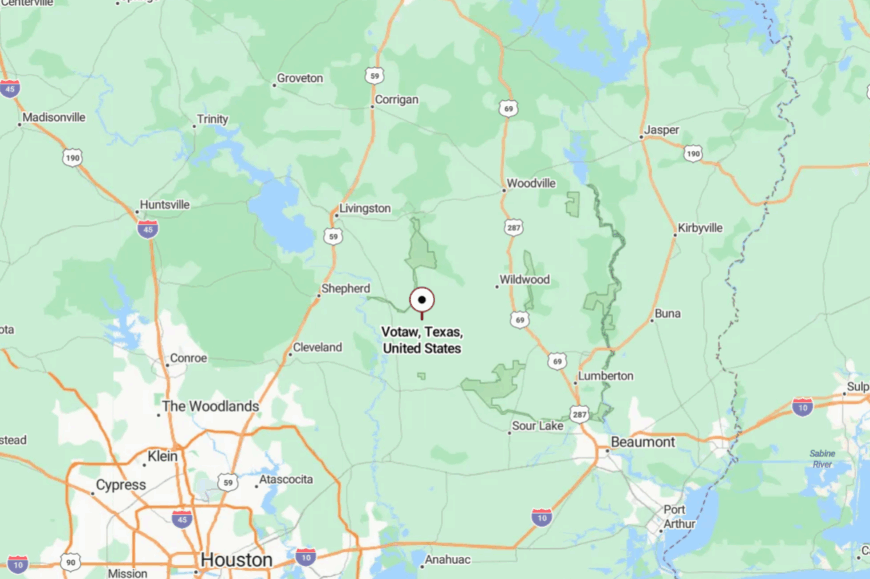
The town sits in northern Hardin County, along FM 787 about 20 miles northeast of Cleveland. It’s reached only by winding two-lanes bordered by pine and pasture.
The lack of major roads keeps traffic thin. By the time you arrive, you feel firmly planted in quiet country.
12. Wildwood, Hardin County – Lakeside Refuge in the Pines

Wildwood is a small gated community built around a clear lake deep in the pine forests of Hardin County. Fewer than 1,000 people live here, their homes tucked along winding lanes shaded by towering loblollies and magnolias. The lake draws weekenders and locals alike for fishing, kayaking, and quiet swims, while golf carts hum between cottages and the community’s tiny park.
Despite its recreational air, Wildwood feels hidden—dense timber screens it from the outside, and its private roads keep traffic out. Residents are a blend of retirees, remote workers, and families who prize the solitude as much as the lake view.
At night, porch lights flicker off the water, and the stillness of the woods folds in around the houses. Wildwood offers the rare mix of seclusion and lake-lapped ease, a hidden haven wrapped in forest.
Where is Wildwood?
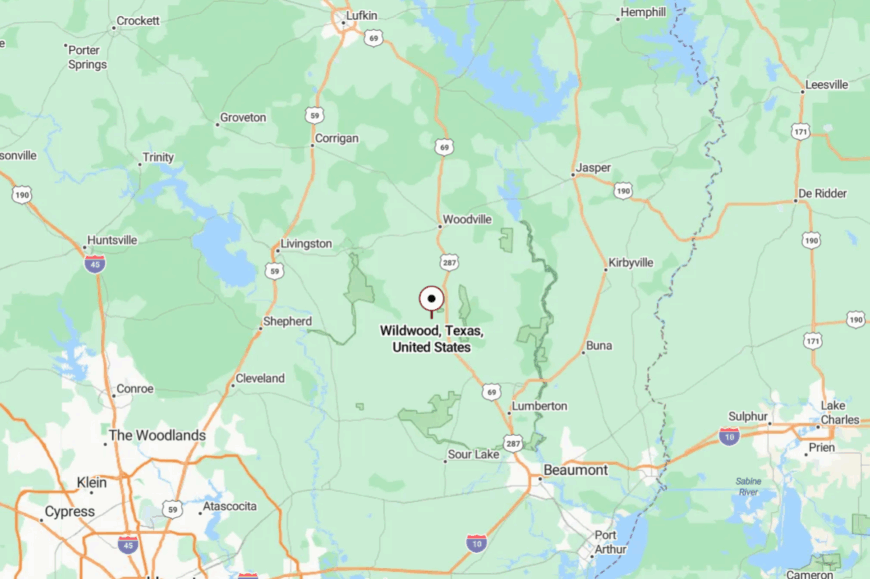
Wildwood lies in southern Hardin County, about 15 miles northwest of Kountze and 25 miles north of Beaumont. It’s accessed only by Farm to Market roads that wind through pine tracts and bypass larger highways.
Visitors reach the gates after long, tree-lined stretches where cell service fades in and out. By the time you arrive, the lake glimmers like a secret kept by the woods.
11. Romayor, Liberty County – Trinity River Refuge Town
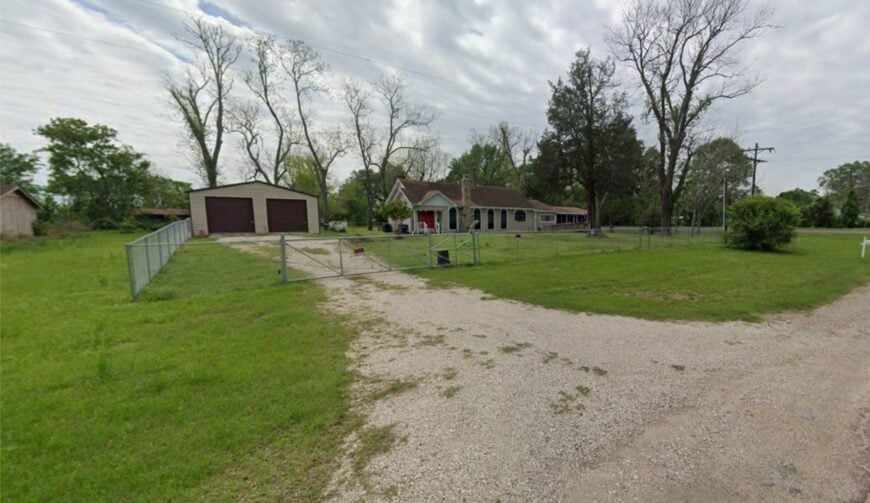
Romayor is an unincorporated settlement of fewer than 200, cradled between the Trinity River and pine uplands. Its few homes and churches cluster near the river, with miles of forest and swamp hemming it in.
Locals fish the Trinity, hunt in the nearby Trinity River National Wildlife Refuge, or gather at the community center. Work often involves ranching, logging, or long commutes.
The solitude is thick here—roads end at water or woods, leaving the town to its own slow pulse. Romayor whispers of wildness more than settlement, a reminder of nature’s dominance in Southeast Texas.
Where is Romayor?
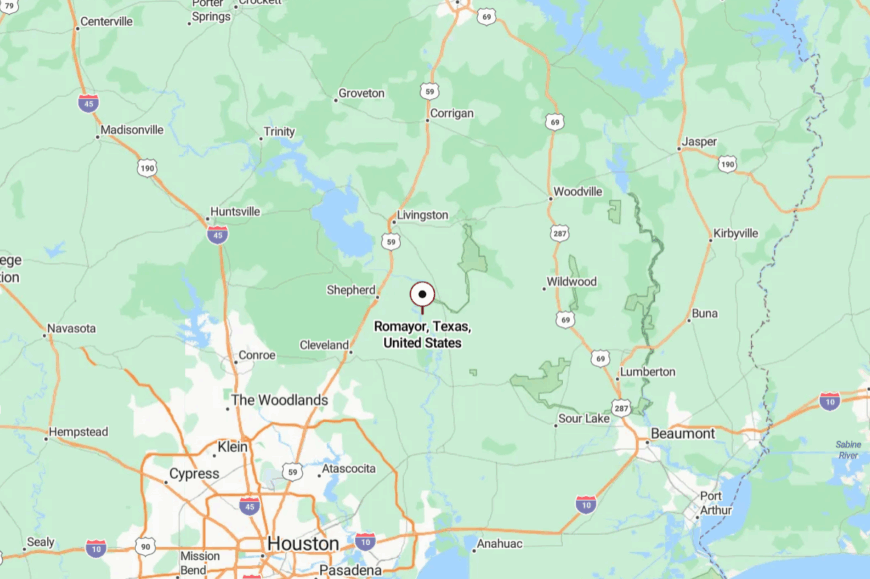
The community lies in northern Liberty County along State Highway 787, about 30 miles northwest of Liberty. Surrounded by wildlife refuge land and the broad Trinity floodplain, development has never reached far.
Travelers approach by curving two-lane highways that seem to unravel into the forest. By the time you cross into Romayor, it feels like the world has receded behind you.
10. Thicket, Hardin County – Where the Big Thicket Swallows the Road
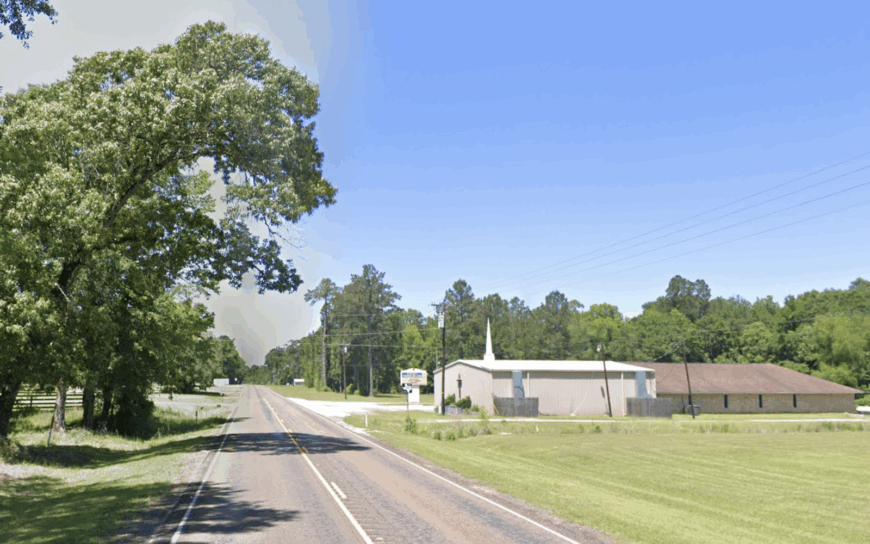
Thicket claims roughly 300 residents scattered across shaded lanes that feel more like long driveways than public roads. Kayakers drift the nearby Village Creek, birders stalk elusive red-cockaded woodpeckers, and mushroom hunters comb the preserve after spring rains.
Ranching and small-scale forestry provide most paychecks, though many locals simply commute once or twice a week to Silsbee for supplies or remote work Wi-Fi. Towering longleaf pines, dense yaupon, and a maze of baygalls block noise, light, and even radio signals, giving the settlement its deep-woods isolation.
Nightfall arrives with barred-owl calls and zero traffic glare, and a porch light can be seen half a mile away. We find that sense of being wrapped in green silence is Thicket’s enduring allure.
Where is Thicket?
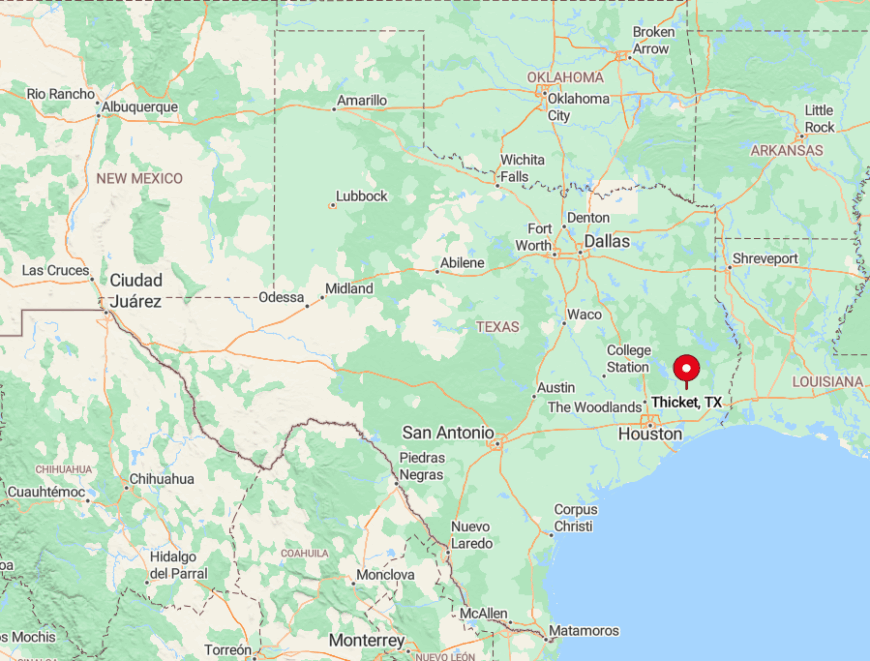
Thicket is located in western Hardin County along Farm to Market Road 787, about 15 miles northwest of Kountze. The crossroads sits deep in the Big Thicket region, surrounded by dense forest, baygalls, and creeks that keep the landscape wild. The nearest larger towns—Kountze to the southeast and Livingston to the northwest—require winding two-lane drives under tall pine canopies.
Visitors approach Thicket after leaving more developed corridors, traveling miles of narrow road that dissolve into wooded silence. The post office and volunteer fire station mark its modest center, with few other landmarks. Its isolation is reinforced by poor cell coverage and the sheer density of forest, which makes the settlement feel tucked out of reach of modern traffic.
9. Bleakwood, Newton County – Piney-Woods Postcard in the Sabine Hills
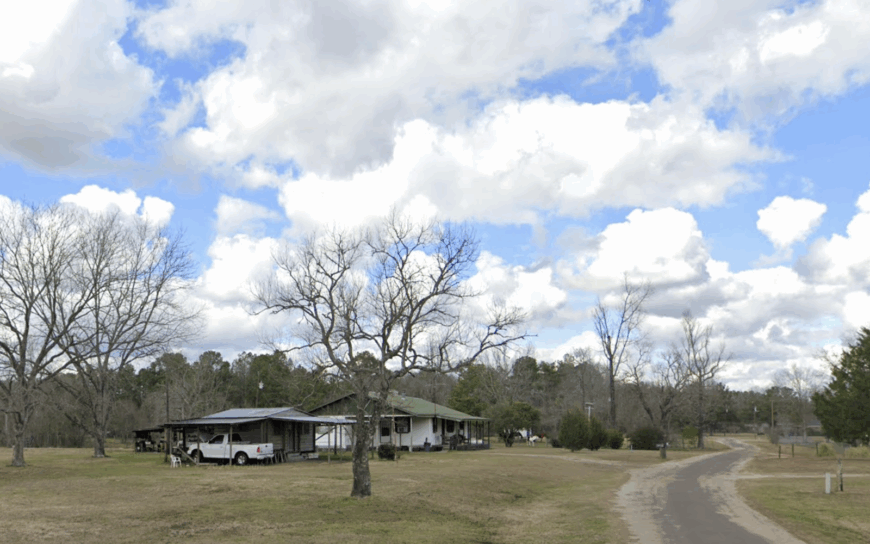
Fewer than 300 people call Bleakwood home, their houses hiding behind ridges of loblolly and hardwood that roll toward the Sabine River. Residents fish for crappie at nearby Toledo Bend, tour the historic Zion Hill Baptist Church, or hunt for petrified wood along old logging trails.
Timber remains the modest economic anchor, supported by seasonal game leases and a scattering of work at the paper mill in Newton. Isolation is built in: woods mute highway rumble, and the closest chain restaurant is twenty miles away in Burkeville.
Evenings bring pitch-black skies perfect for spotting satellites as they arc over the pine crowns. We admire how the settlement’s very terrain shields it from intrusions of modern bustle.
Where is Bleakwood?
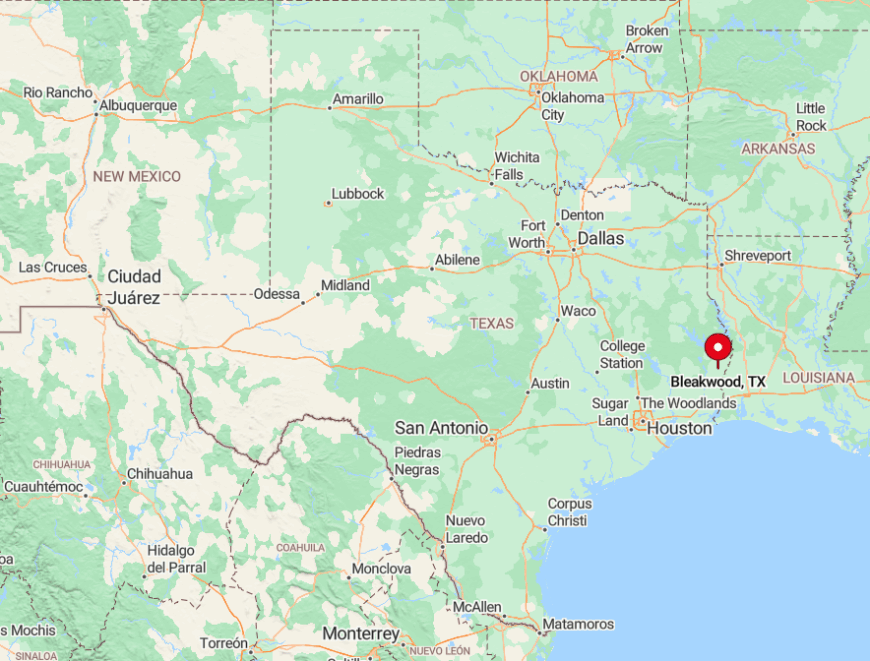
Bleakwood hides along State Highway 87, six miles north of Deweyville and a stone’s throw from the Louisiana border. Dense timberland on all sides and the Sabine River floodplain to the east limit growth and through-traffic.
Reaching the town involves a series of low-speed curves that discourage hurried outsiders. Drivers coming from Beaumont typically exit Interstate 10 at Rose City, then meander more than forty miles of backroads before the first mailbox marked “Bleakwood.”
8. Hankamer, Chambers County – Live-Oak Ranchland by the Trinity River
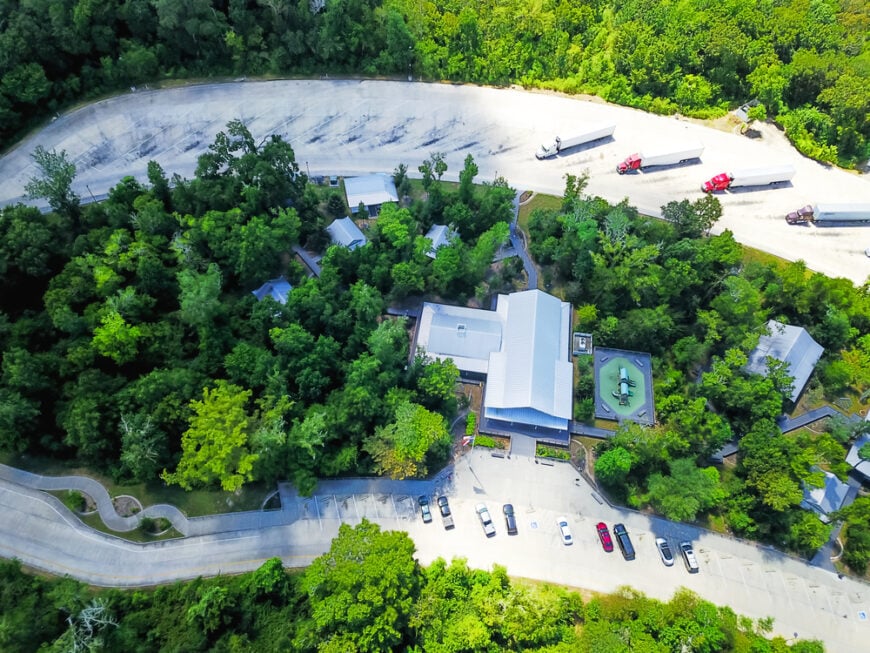
Hankamer’s roughly 800 residents live among sweeping pastures threaded by live-oak alleys that date to the 1800s. Visitors drop a line for catfish in the Trinity River, grab homemade kolaches at the Hankamer Corner Store, or explore the restored Whiteside Schoolhouse museum.
Cattle and rice farming dominate the economy, and oilfield service trucks pass through on their way to distant rigs. The community sits fifteen miles from Interstate 10, trading easy access for windswept quiet and an uninterrupted horizon.
At dusk, whip-poor-wills outsing highway hum, and windmills creak in solitude. We appreciate how the wide-open landscape preserves Hankamer’s slower heartbeat.
Where is Hankamer?
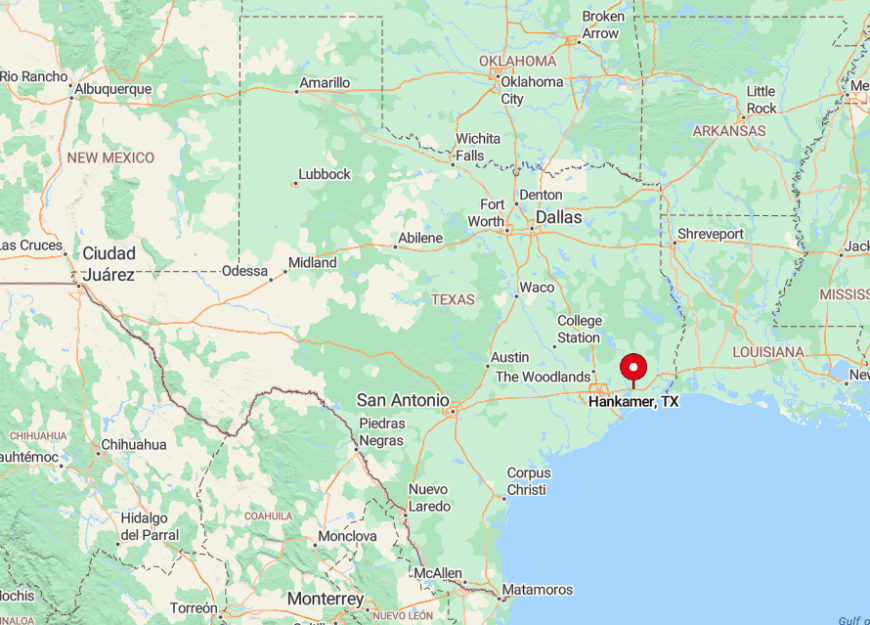
Hankamer lies in northern Chambers County, about 12 miles north of Anahuac and 15 miles from Interstate 10. The community occupies prairie terrain at the western edge of the Trinity River delta, where live-oak groves and ranch pastures stretch toward the horizon. To the east, the Trinity’s wetlands create a natural barrier that has long slowed development.
Access comes from State Highway 61, with local Farm to Market roads like FM 1663 connecting scattered homesteads, pastures, and rice fields. Heavy rains can flood low stretches near the river, leaving Hankamer’s slightly higher prairie ground as the dependable crossing point. The geography makes it feel distinct from the sprawl along I-10, even though it’s just minutes removed.
7. Spurger, Tyler County – Hidden Hamlet on the Neches
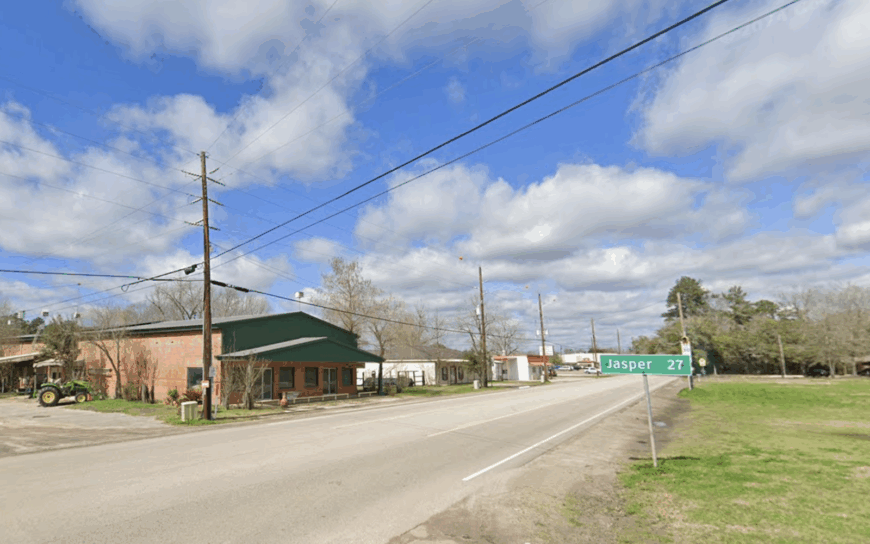
Spurger supports around 1,100 folks along a single main street crowned by century-old magnolias. Canoeists float the Neches River, antique hunters browse the twice-monthly flea market at the old high-school gym, and picnickers head to nearby Magnolia Ridge for spring dogwoods in bloom.
Logging and poultry farms share billing as principal livelihoods, supplemented by the local pecan shelling co-op. Thick river-bottom forest hems the town in, while gravel lanes disappear into sloughs where cell towers fear to tread.
Night skies glow only with starlight, and yard chickens outnumber streetlights. We find that gentle remoteness keeps Spurger anchored in an earlier era.
Where is Spurger?
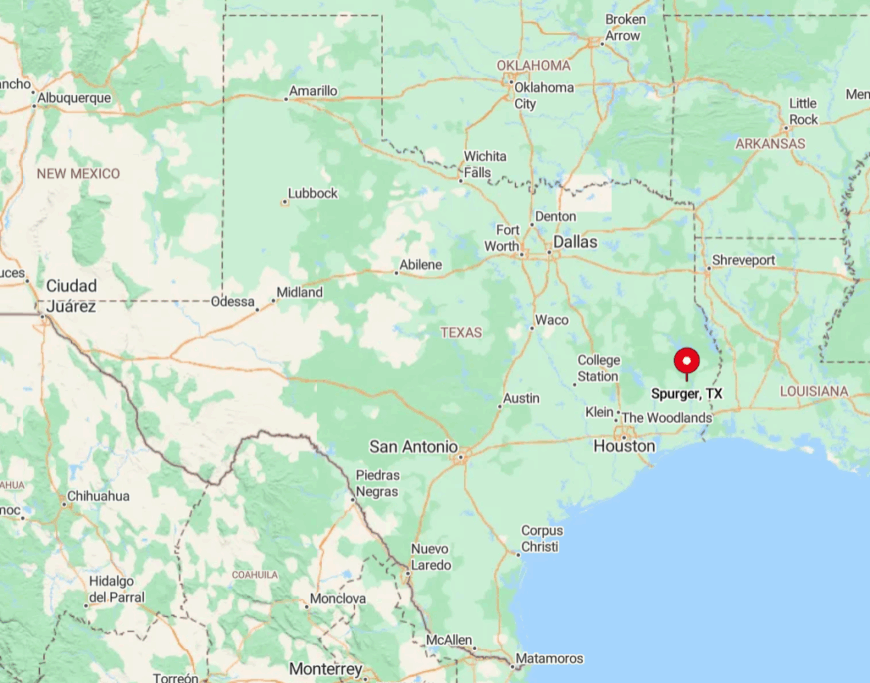
The village sits twenty miles southeast of Woodville along FM 92, just west of the Neches River. The surrounding river bottoms lack bridges or major connectors, forcing motorists to approach from the north or south along the same two-lane.
Houston is two hours away, but the last thirty minutes wind through forest that screens any notion of metropolis. Travelers often rely on the weather-worn sign at “Spurger Y” to know they’ve not missed the turn.
6. Rye, Liberty County – Sand-Ridge Serenity off State Highway 146
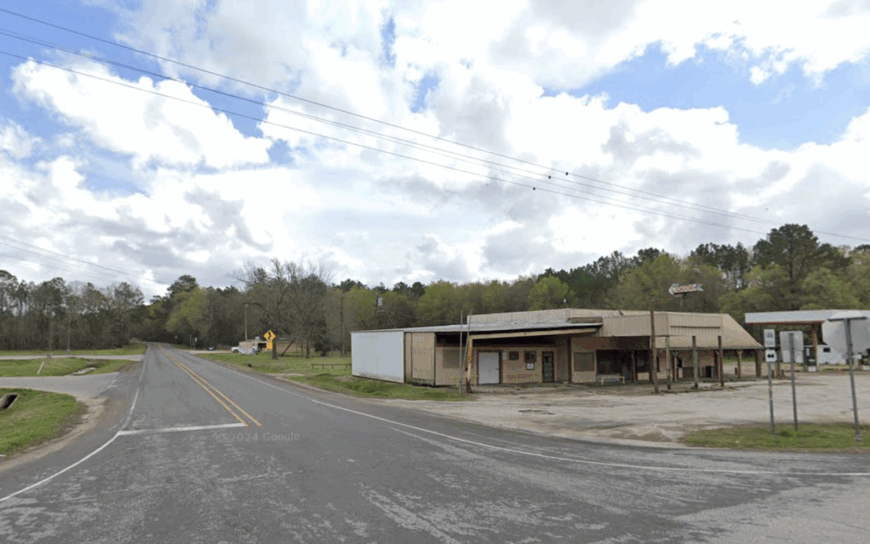
Rye counts about 600 inhabitants spread across sandy ridges dotted with longleaf pine and turkey-oak. Locals ride horses on forest service roads, launch jon boats into Luce Bayou, or gather for bluegrass at the volunteer fire-station pavilion each third Saturday.
Small sawmills, ranch work, and a handful of home-based crafts sustain everyday commerce. The town lacks a single stoplight; night darkness remains so complete that amateur astronomers from Houston often set up telescopes in the schoolyard.
Sparse development and porous cell service preserve a stillness broken only by pine needles underfoot. We admire Rye’s recipe of high ground, roomy lots, and genuine dark skies.
Where is Rye?
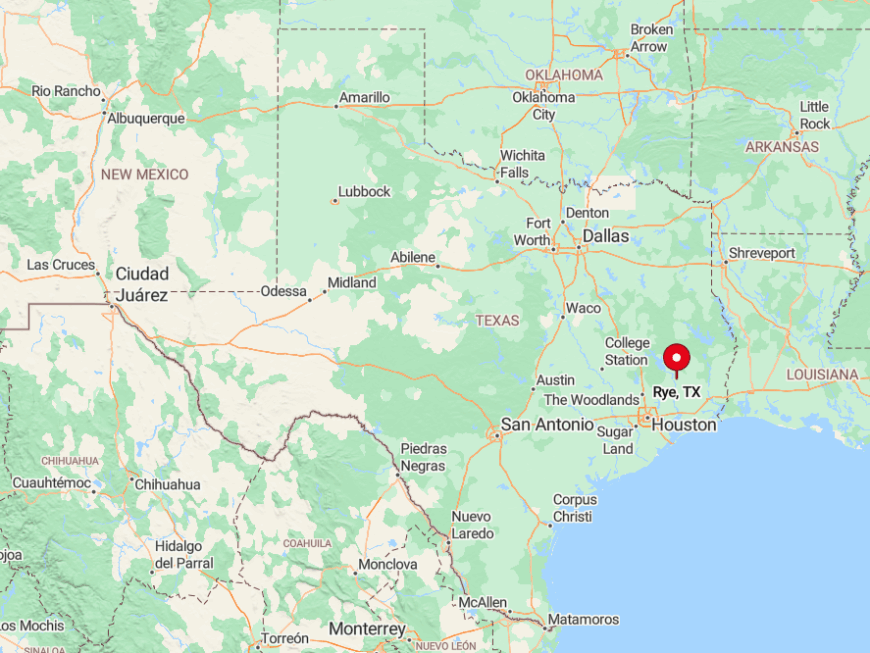
Rye sits along State Highway 146 in northern Liberty County, about 20 miles south of Livingston and 25 miles north of Liberty. The settlement is perched on sandy ridges that drain more easily than the surrounding lowlands, keeping it slightly elevated above the swampy bottoms nearby. Timber acreage borders the area, with scattered ranches breaking up the pine stands.
Travelers usually reach Rye via SH 146, a two-lane highway threading through longleaf pine and hardwood tracts. The nearest four-lane highway lies more than 20 miles away, reinforcing its sense of separation. Sparse development and wide tracts of timberland keep Rye insulated from the growth seen closer to Houston.
5. Dallardsville, Polk County – Quiet Fields Near Big Sandy Creek
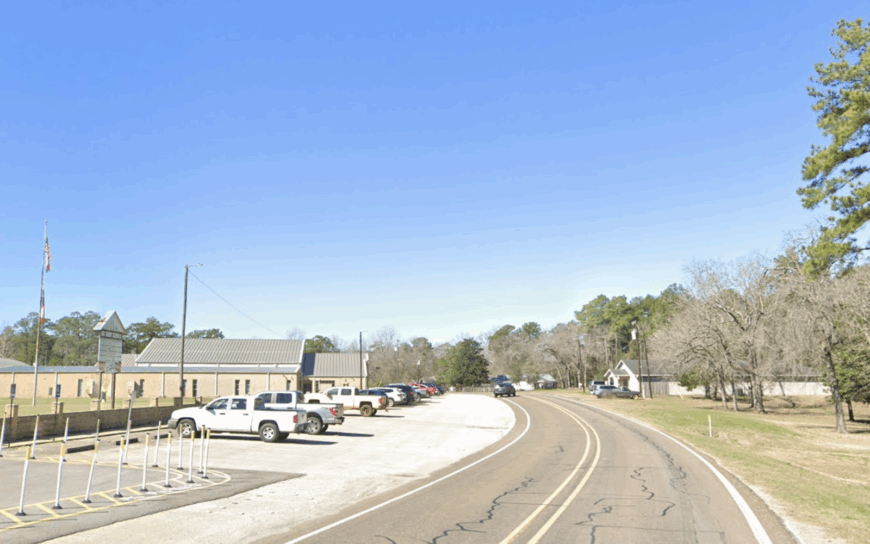
About 350 residents make their homes among hay meadows and oak motts that fringe Dallardsville’s sleepy crossroads. Weekends bring anglers to Lake Livingston, while history buffs visit the Alabama-Coushatta Cultural Center a few miles north.
Cattle ranching, hay production, and school district jobs fill the pay stubs, with a side of seasonal hunting leases. The nearest supermarket lies twenty-five winding minutes south in Livingston, reinforcing a self-reliant mood.
Evenings echo with cicadas rather than mufflers, and porch swings, not parking meters, measure time. We like how half-mile distances between neighbors secure a sense of breathing room rare in much of the state.
Where is Dallardsville?
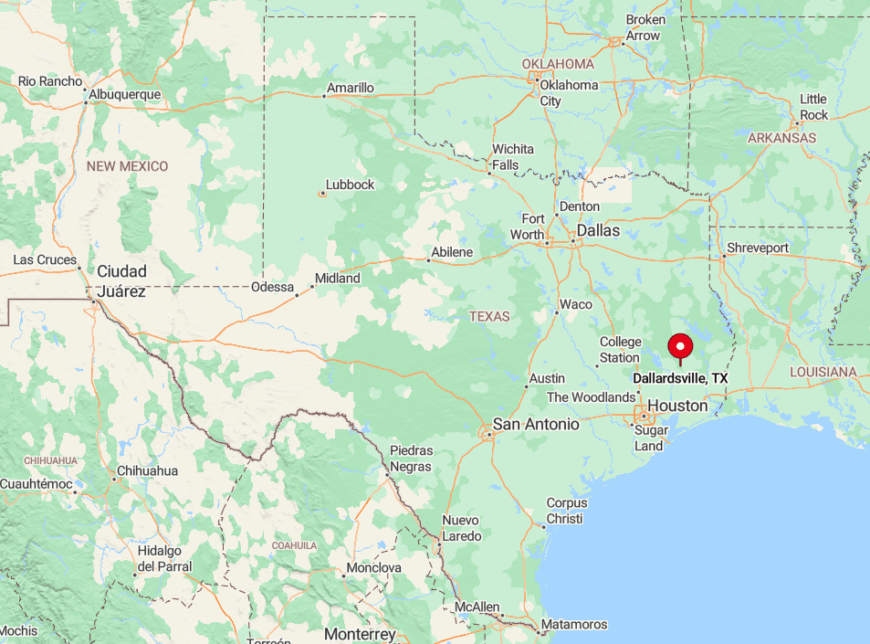
The settlement sits along FM 1276, two miles south of the Big Sandy Creek Unit of the Big Thicket. Thick hardwood bottoms on three sides and the reservation’s protected forest on the fourth guard it from expansion.
Visitors usually exit U.S. 59 at Livingston, then navigate pastoral curves that deter hurried commuters. The absence of cellular towers in the creek lowlands leaves radios silent for several miles, underscoring the town’s retreat-like feel.
4. Evergreen, San Jacinto County – Back-Road Enclave by Sam Houston National Forest
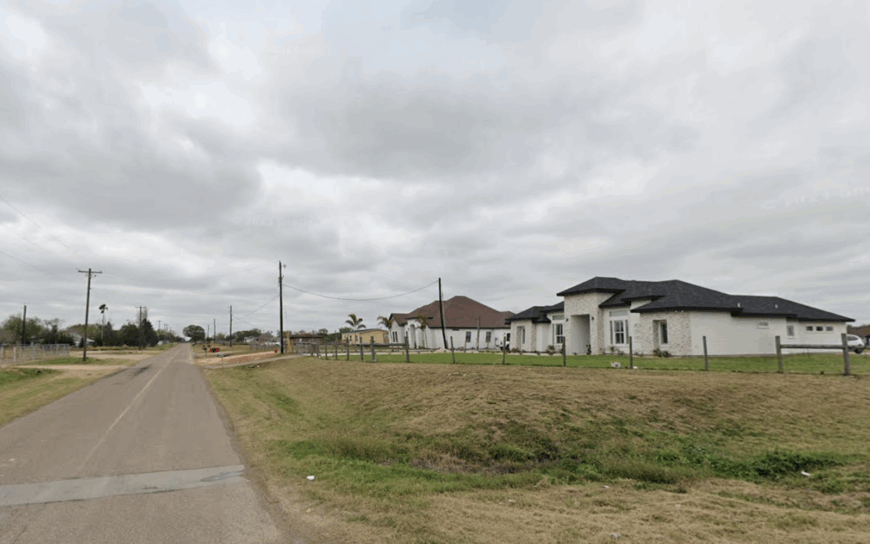
Evergreen shelters roughly 200 souls amid rolling ranches bordered by the Sam Houston National Forest on three sides. Residents spend free time paddling on Lake Stubblefield, foraging for chanterelles after summer storms, or cheering six-man football at Coldspring High.
Livestock auctions and small pine plantations provide most income, while a single café doubles as post office and gossip hub. Unpaved lanes fade into moss-draped forest where deer trails outnumber driveways, muting any outside commotion.
Power flickers in storms, but generators hum softly, and distant coyotes fill the gaps. We value Evergreen’s embrace of slow rhythms and minimal intrusion.
Where is Evergreen?
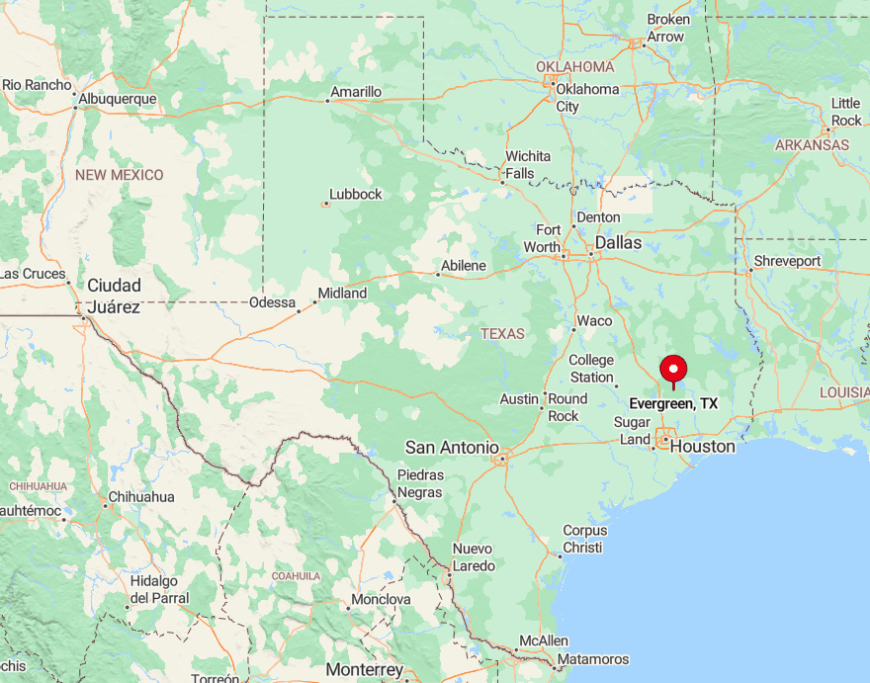
The community lies off FM 945, ten miles northwest of Coldspring and a good hour north of Houston traffic. National-forest boundaries act as a moat, preventing subdivision sprawl.
Travelers navigate gravel stretches that close when heavy rain swells creeks, reinforcing the area’s tucked-away status. Most visitors rely on the Forest Service’s brown signs, which appear without fanfare before the trees swallow them again.
3. Batson, Hardin County – Oil-Boom Relic Turned Woodland Retreat
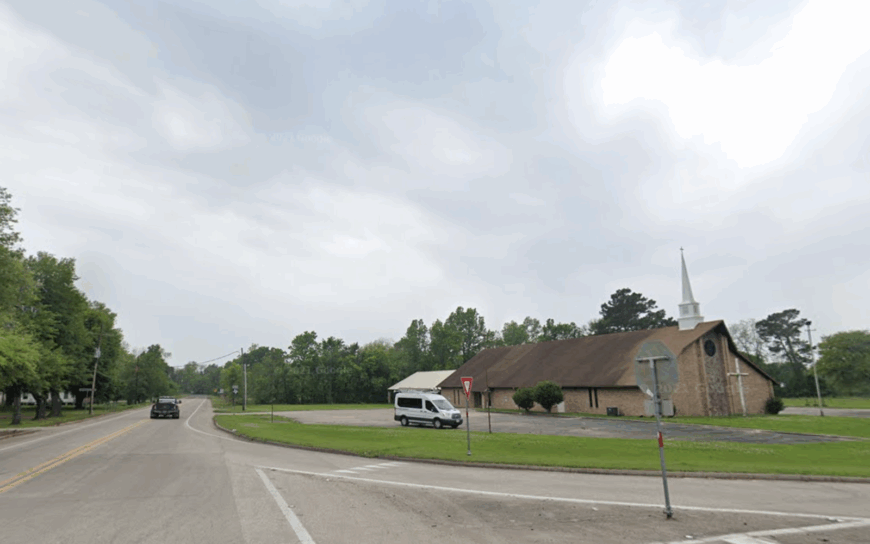
Batson lists just under 700 residents, a whisper compared to its 1903 oil-rush heyday. Today, hikers explore derelict pump jacks along the Batson Prairie Trail, while anglers target largemouth bass in nearby Old River.
Gas wells and residual oil leases still sprinkle modest royalty checks, supplemented by timber harvests and a co-op convenience store. Dense pine and cypress brakes enclose the town, buffering it from both Beaumont’s port clatter and Houston’s sprawl.
A handful of original boom-era buildings stand amid new metal barns, telling a quiet story beneath cicada song. We find Batson’s rebirth as a woodland hideaway both unexpected and soothing.
Where is Batson?
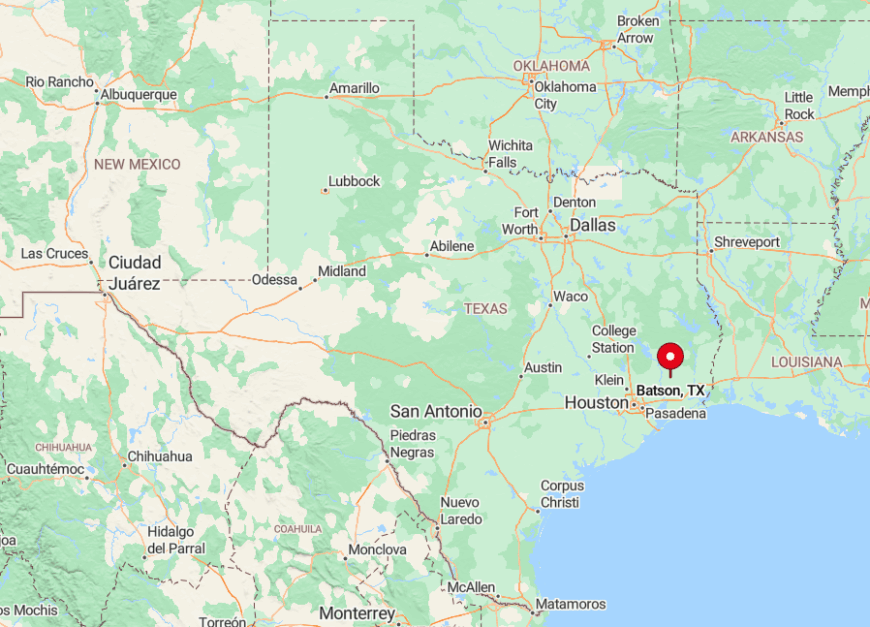
Batson rests on SH 105, twenty-six miles west of Beaumont and ten miles from the nearest four-lane. Low-lying wetlands to the south and timber preserves to the north hem in any potential growth corridor.
Travelers often detour through Saratoga, crossing historic oil fields before pine tunnels deliver them into town. Rail service ended decades ago, leaving two-lane roads as the only approach and sealing Batson’s seclusion.
2. Honey Island, Hardin County – Cypress-Framed Cabins by Swamps
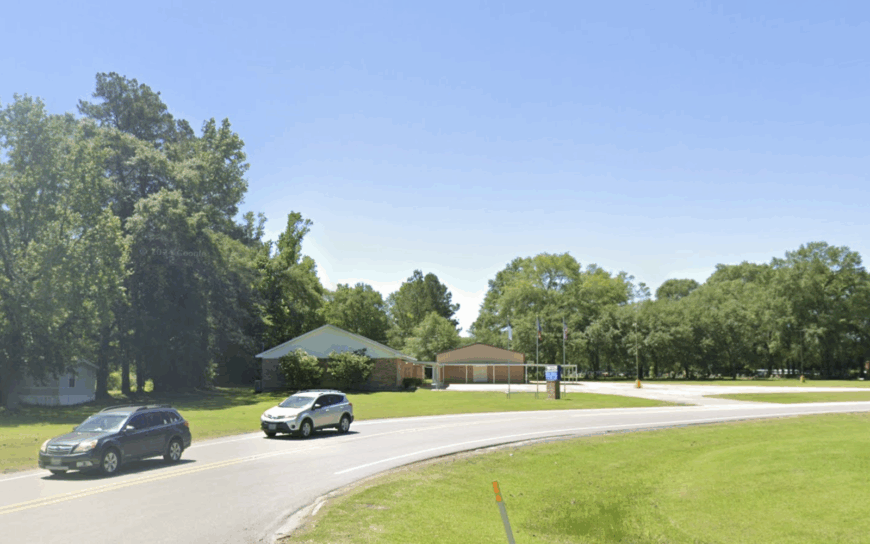
Honey Island hosts about 500 residents on elevated cabins overlooking cypress-tupelo swamps that flood with seasonal rain. Paddlers glide across Village Creek’s crystal channels, and shutterbugs chase the rare Prothonotary warbler among Spanish-moss veils.
Some locals guide eco-tours or tend beehives that give the hamlet its sweet name, while others commute to lumber mills in Kountze. With bayous circling three sides and only one paved access road, traffic seldom interrupts frog choruses after dusk.
Porch lights perch on tall pilings, yet darkness rules once generators shut off. We treasure the unbroken quiet that makes firefly watching an event unto itself.
Where is Honey Island?
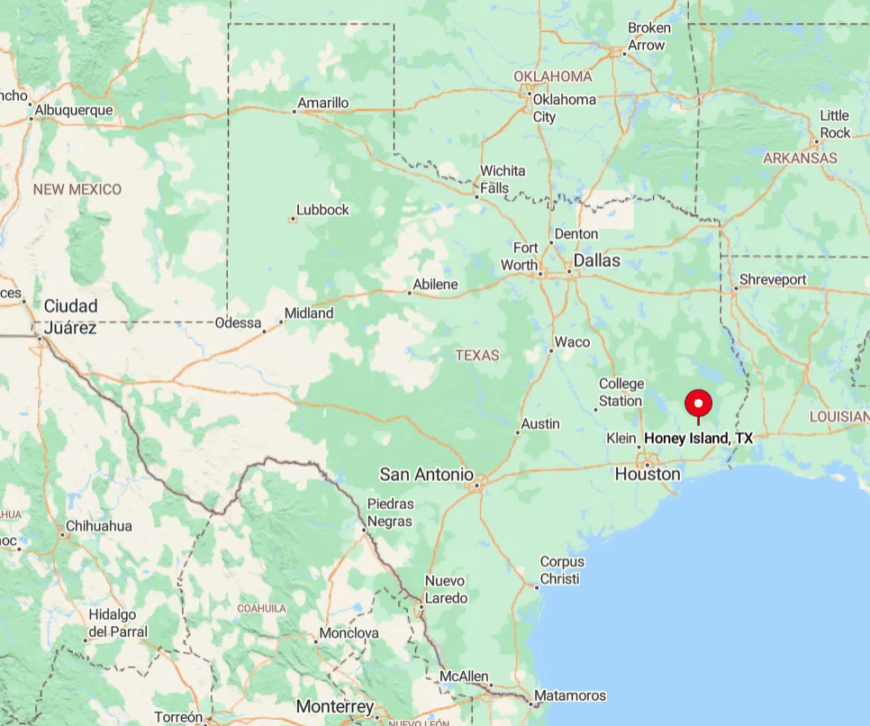
Positioned twelve miles north of Kountze along FM 1293, Honey Island occupies a natural levee within the Big Thicket’s floodplain. Swamps and creeks isolate it like a green moat, limiting expansion and discouraging casual pass-through motorists.
Visitors often launch canoes at the National Park Service access, as waterways prove more direct than roads. During heavy rain, locals rely on elevated trucks to ford low crossings, adding to the settlement’s out-there mystique.
1. Moscow, Polk County – Old Railroad Stop Lost in Loblollies
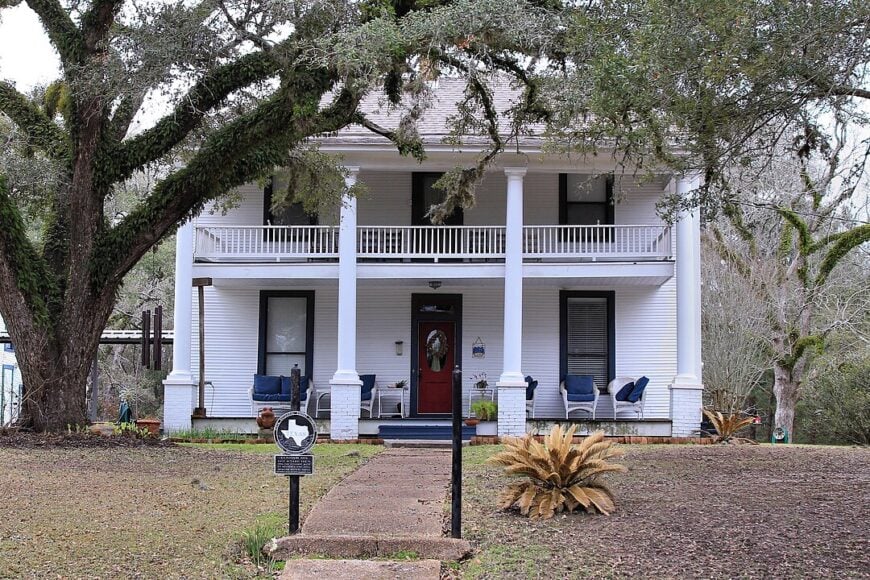
Moscow’s census barely tops 170, its Victorian cottages scattered along the ghost of the Houston, East & West Texas railbed. Travelers poke around the overgrown depot ruins, browse heirloom roses at a backyard nursery famous among horticulturists, or fish lazy bends of Kickapoo Creek.
Timber tract management and a small sawmill provide steady, if quiet, employment, while a traveling farmers’ market pops up monthly beside the faded red gin. Vast loblolly pine forests stretch in every compass direction, dampening sound and blocking city lights so completely that locals still navigate by the Milky Way.
The last freight car rattled through decades ago, and with it went almost all through traffic. We salute Moscow’s ability to embrace the calm left behind.
Where is Moscow?
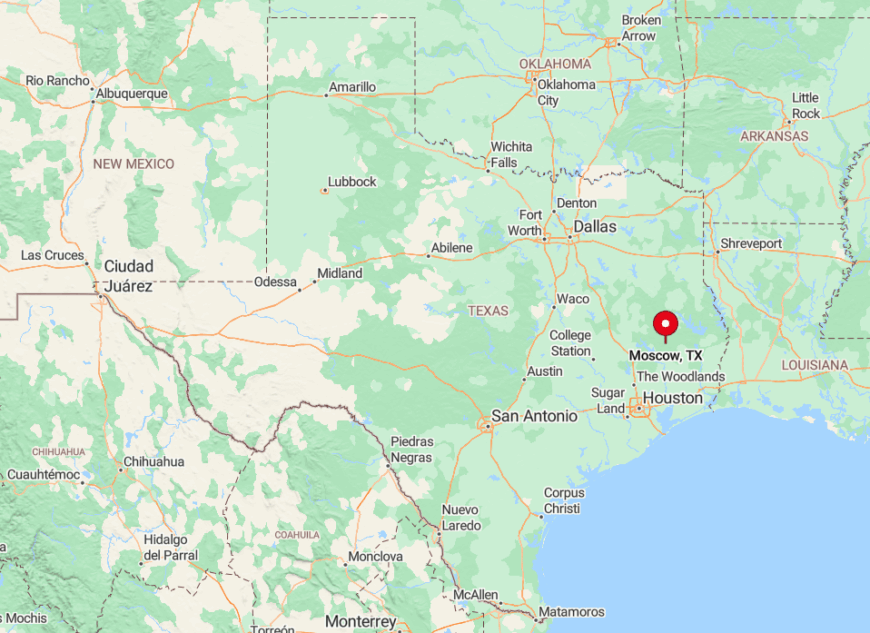
Moscow lies in northern Polk County along U.S. Highway 59, about 20 miles north of Livingston and 90 miles north of Houston. Though located on a major highway, the town is quickly swallowed by the loblolly pine forests that dominate this stretch of East Texas. The community sits near the old Houston, East & West Texas Railroad route, though the depot and railbed are long gone.
Travelers spot Moscow almost by surprise as the highway narrows to two lanes with tall timber pressing close on both sides. No intersecting freeways or large connectors pass through, and remnants of the rail era are faint. Its location on the edge of Kickapoo Creek bottoms and miles of forest makes it feel remote despite its place on a major corridor.






